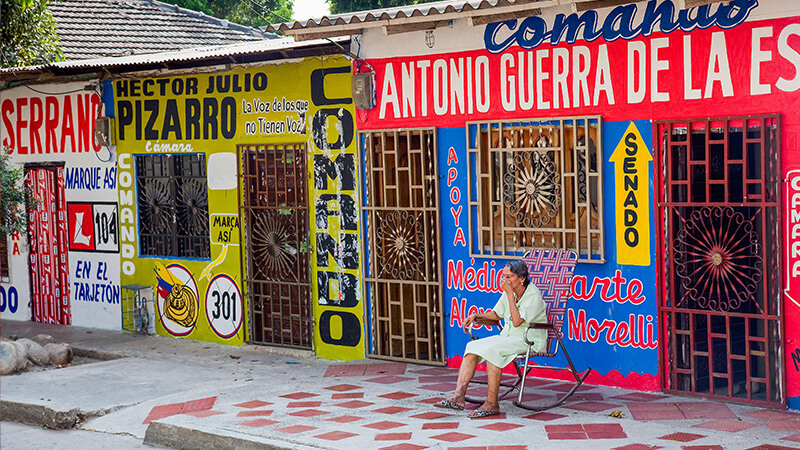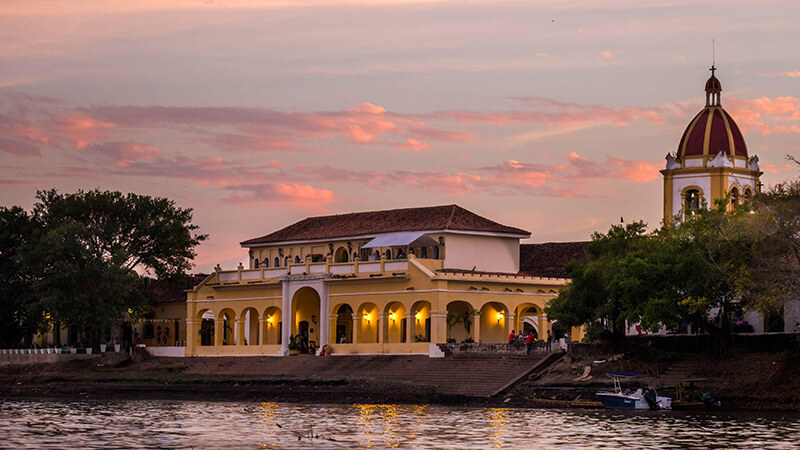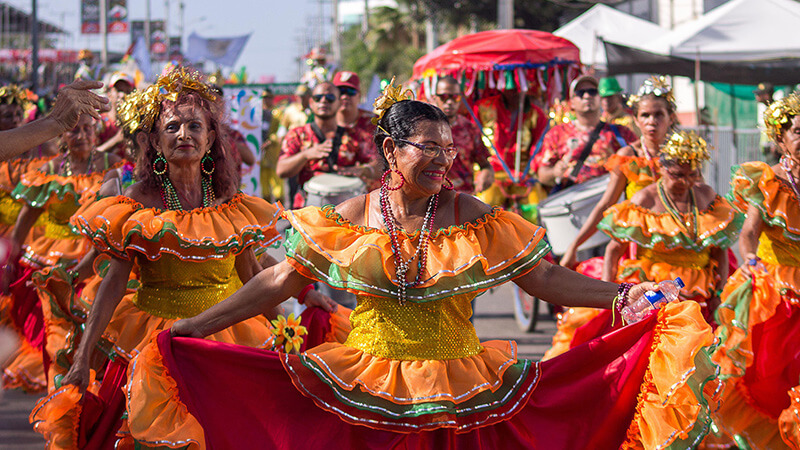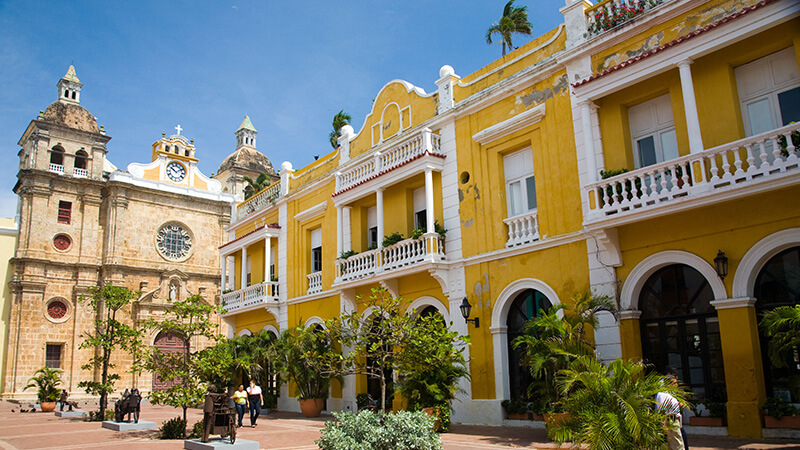From Aracataca To Cartagena: Exploring Gabriel García Márquez’s Colombia
To celebrate the launch of Service95 Book Club’s October Read – One Hundred Years Of Solitude by Gabriel García Márquez – we take a journey through time in Colombia, following in the author’s footsteps. From his birthplace in Aracataca to his old haunts in Barranquilla and final resting place in Cartagena, these are some of the real-life locations that inspired Gabo, as Colombians affectionately refer to their literary icon.

Aracataca
Start your Gabo-inspired Colombian tour in Aracataca, the Nobel Prize winner’s birthplace. This sleepy tropical town near Colombia’s northern Caribbean coast is considered the inspiration for Macondo, the mythical village that was home to the Buendía family in One Hundred Years Of Solitude. Walk through a recreation of his childhood home at Casa Museo Gabriel García Márquez and see the Montessori school where the author learned to read and write. García Márquez credited his birthplace for inspiring much of his writing. On a mural outside the town, you’ll find a quote of his: ‘I returned one day and discovered that in between reality and nostalgia was the raw material of my work.’

Santa Cruz de Mompox
A ‘forgotten’ town on an island in a river sounds like the work of fiction (Gabo’s of course), but Mompox does indeed exist. The isolated location of this port city – cut off from the outside world by the Magdalena River – is believed to have informed García Márquez’s setting of Macondo, and it has the feel of a city lost in time. While still not easy to get to, a stroll through its beautifully well-preserved 500-year-old colonial architecture and a stay at the charming boutique hotel La Casa Amarilla, housed in a 17th-century building, make it worthwhile. Local guides can take you on the waterways to communities that are often referred to as having ‘amphibious’ residents, due to the amount of time they spend on the river.

Barranquilla
García Márquez moved to this busy industrial city in 1940, and it was instrumental in his life and work. Today it is known for Colombia’s largest UNESCO-distinguished carnival. While the Museo del Caribe, which had an exhibit dedicated to García Márquez, has unfortunately permanently closed, you can still visit many of the author’s favourite haunts. La Cueva, the watering hole that was a meeting place for Gabo’s fellow journalists, writers and intellectuals – the so-called ‘Barranquilla Group’ – remains a vital part of the city’s arts scene, hosting readings and live performances. Don’t miss a visit to the Iglesia Nuestra Señora del Perpetuo Socorro, the church where García Márquez married his wife Mercedes Barcha, or a bite at La Tiendecita, a spot Gabo frequented to savour typical coastal food, such as arepas con chicharrón.

Cartagena
García Márquez once said that all of his books have “loose threads” of connection to the walled city of Cartagena. This is where he worked as a journalist in the late 1940s, and where his ashes are laid to rest in the cloisters of the University of Cartagena. Fans make a pilgrimage to his memorial there, where he is immortalised in a bronze bust, to pay their respects to their literary hero. Download this self-guided audio tour of Cartagena, with stops including the house where the author often stayed in his later years and the offices where he worked as a reporter for El Universal newspaper. Or take the García Márquez Food Tour, which includes nine stops and even more bites, from guava-flavoured gelato to salty green plantain patacón. And finally, no visit to Cartagena is complete without a visit to the historic Alfiz hotel, where you’ll find an impressive collection of more than 200 works by García Márquez in 22 languages – perfect for delving into after a long day’s exploration.

Vallenato
García Márquez once described One Hundred Years Of Solitude as a 400-page vallenato – the genre of distinctive Colombian folk music. Impulse Travel takes you to the roots of vallenato on its seven-day Sounds Of Colombia tour along the Carribean coast. Guided by locals, you’ll meet and support more than 50 talented musicians.
Kathleen Rellihan is a NYC-based travel writer and editor who dreams of returning to Cali, Colombia to salsa dance. Find her @k_rellihan




